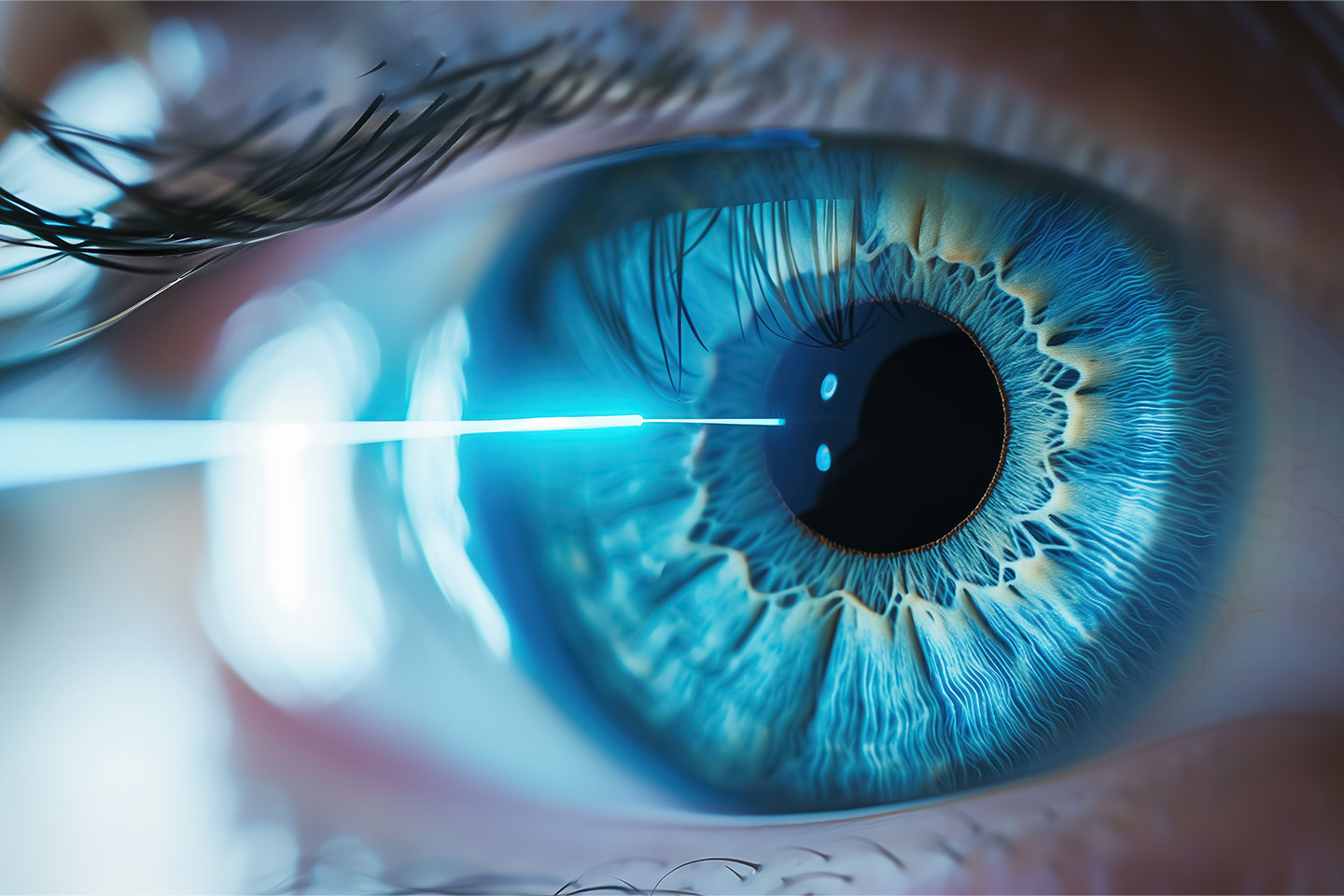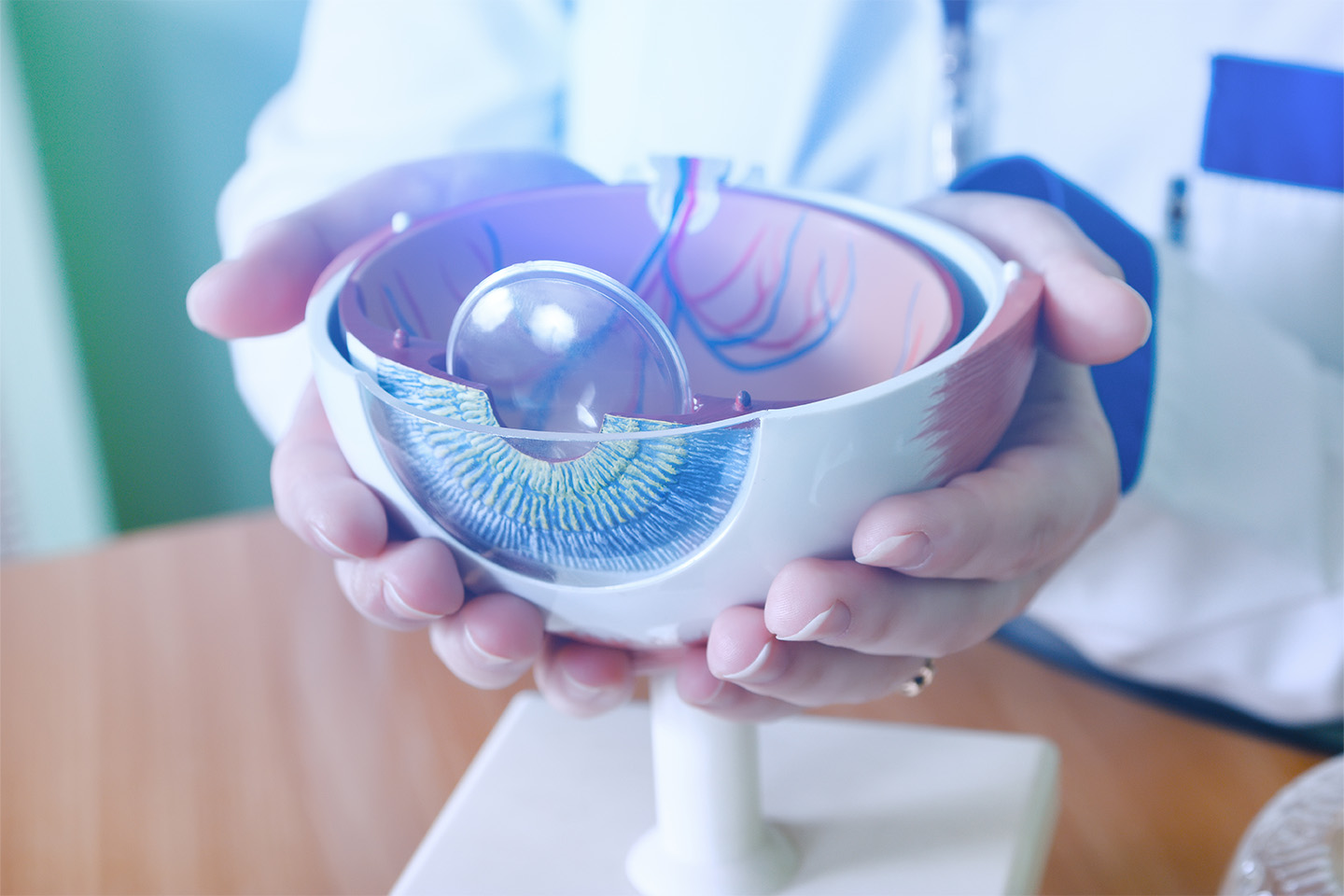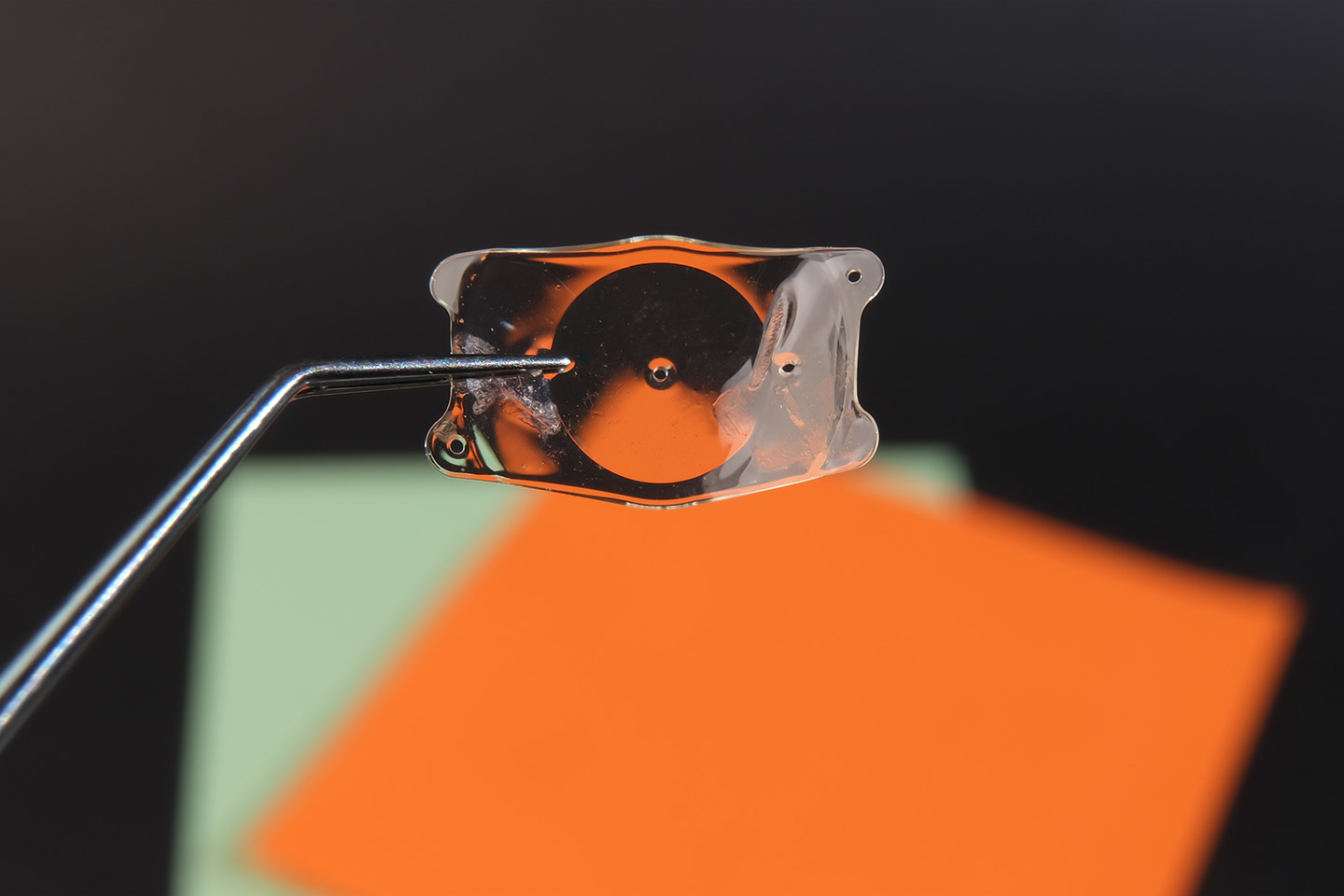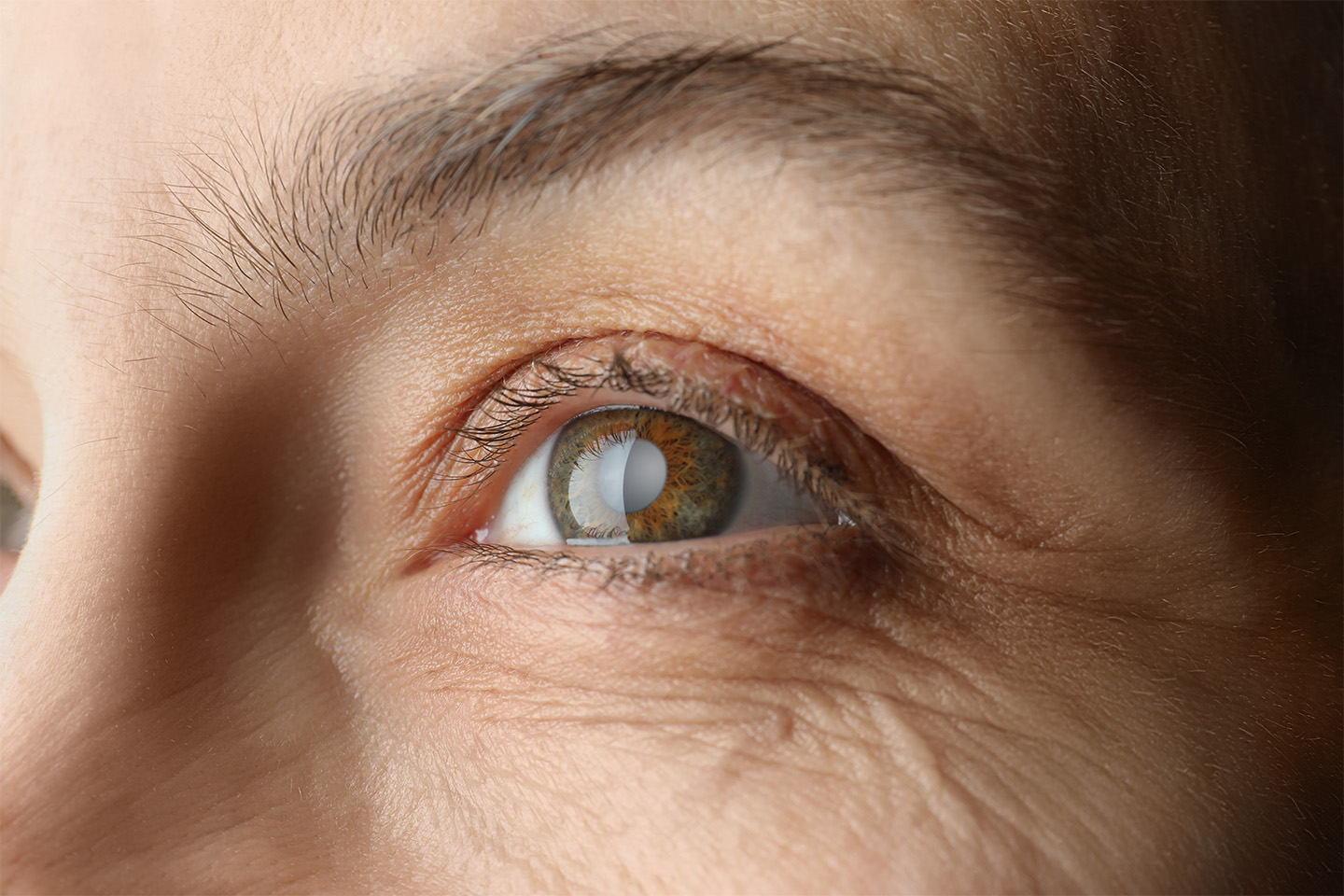Pink Eye: Causes, Symptoms, Diagnosis and Treatment
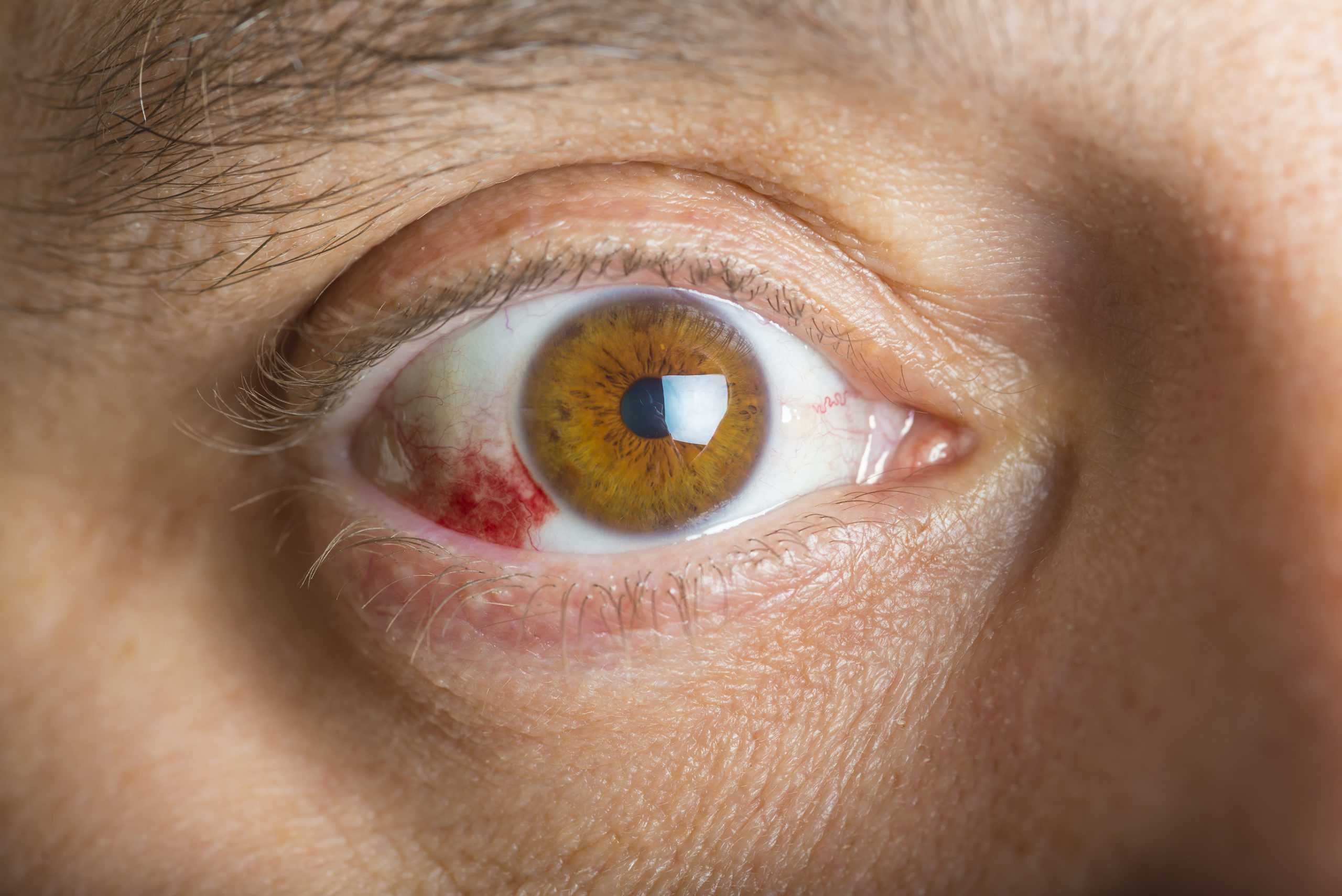
When I say “pink eye”, you say “gross”.
Pink eye!
Gross!
PINK EYE!
GROSS!
But seriously. Gross. Conjunctivitis, or pink eye, is an irritation or inflammation of the conjunctiva, which covers the white part of the eyeball. It can be caused by allergies or a bacterial or viral infection. Conjunctivitis can be extremely contagious and is spread by contact with eye secretions from someone who is infected.
Causes
The primary types of pink eye are:
- Viral conjunctivitis. This kind is obviously caused by a virus; like the common cold. This type of pink eye is very contagious, but will usually clear up on its own within several days without medical treatment.
- Bacterial conjunctivitis. This type is caused by bacteria and requires an antibiotic to clear up. This type of conjunctivitis can cause serious damage to the eye if left untreated.
- Allergic conjunctivitis. Caused by eye irritants such as pollen, dust, and animal dander among susceptible individuals. Allergic conjunctivitis may be seasonal (pollen) or flare up year-round (dust; pet dander).
Symptoms
Not surprisingly, the most common symptom of pink eye is an eye that has a pink, irritated appearance. Other symptoms depend on which type of pink eye you have.
- Viral conjunctivitis. Watery, itchy eyes; sensitivity to light. One or both eyes can be affected. Highly contagious; can be spread by coughing and sneezing.
- Bacterial conjunctivitis. A sticky, yellow or greenish-yellow eye discharge in the corner of the eye. One or both eyes can be affected. Contagious (usually by direct contact with infected hands or items that have touched the eye).
- Allergic conjunctivitis. Watery, burning, itchy eyes; often accompanied by stuffiness and a runny nose, and light sensitivity. Both eyes are affected. Not contagious.
Treatment
As with causes and symptoms, pink eye treatment depends on which type of pink eye you have.
- Viral conjunctivitis. In most cases, viral conjunctivitis will run its course over a period of several days with no medical treatment required. Applying a cold, wet washcloth to the eyes several times a day can relieve symptoms. (Just don’t share this washcloth with others!)
- Bacterial conjunctivitis. An eye doctor or even a primary care physician typically will prescribe antibiotic eye drops or ointments for the treatment of bacterial conjunctivitis.
- Allergic conjunctivitis. Allergy medications can help prevent or shorten cases of allergic conjunctivitis. Check with your doctor for details.
Remember, because a red or pink eye can be a symptom of many different types of eye problems — some that can be quite serious — make sure you consult with your Dallas eye doctor at Kleiman|Evangelista. Schedule an appointment today!
Turn To The Top Eye Doctors In Texas
Check out one of our locations below for the best eye care near you:
[DISPLAY_ULTIMATE_SOCIAL_ICONS]




